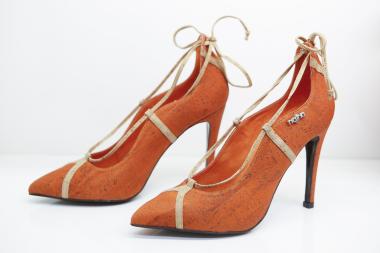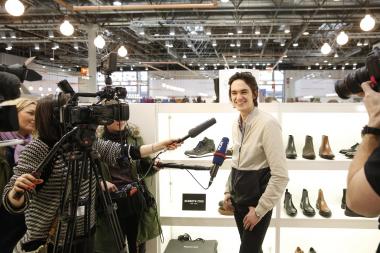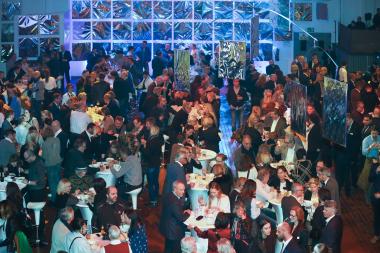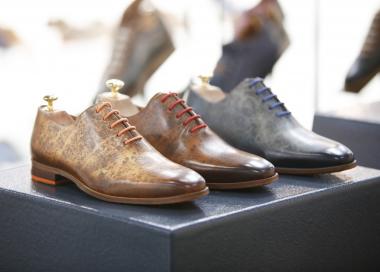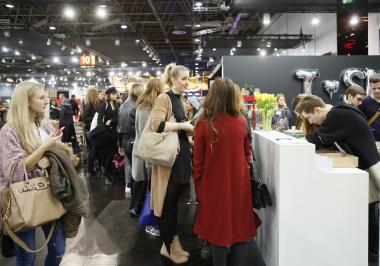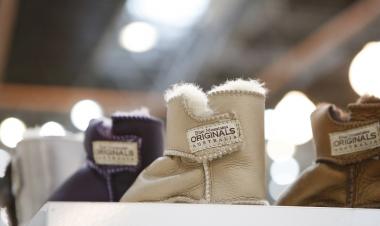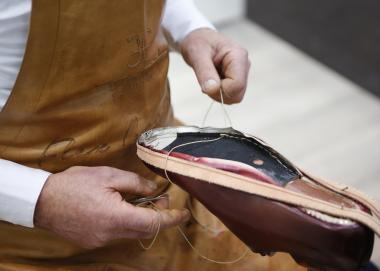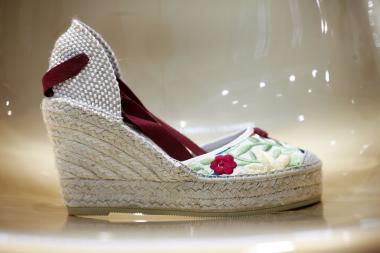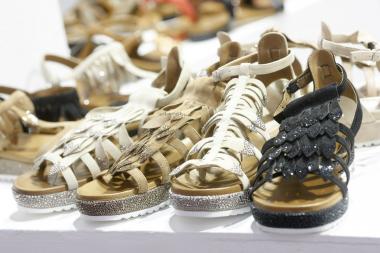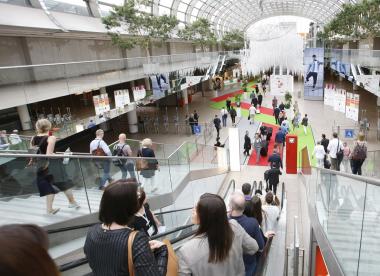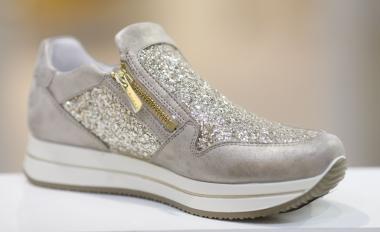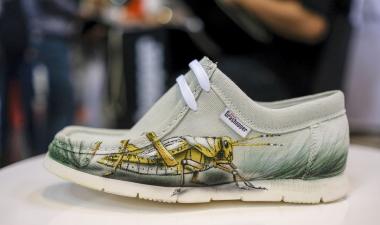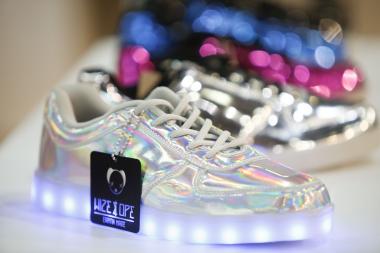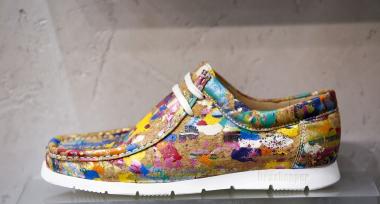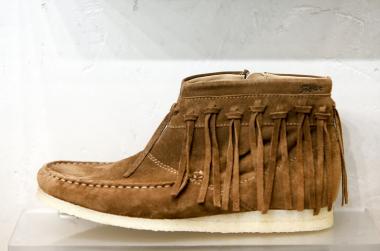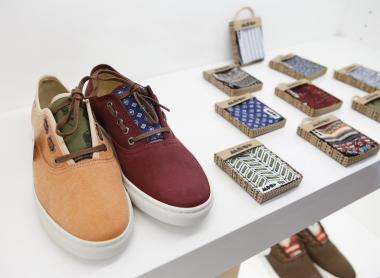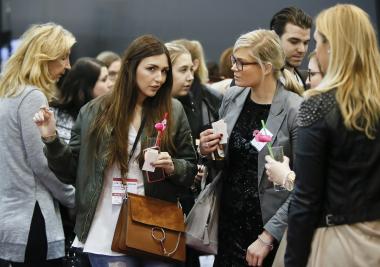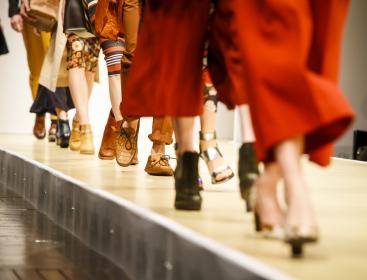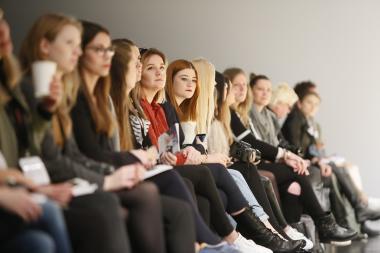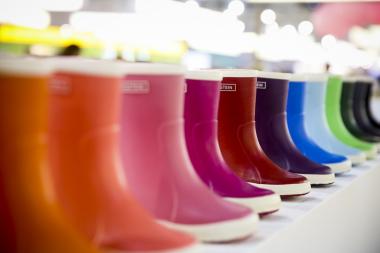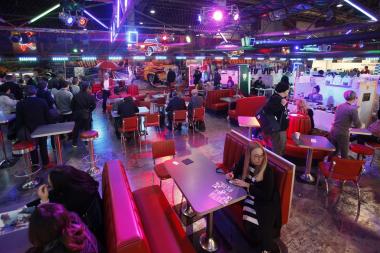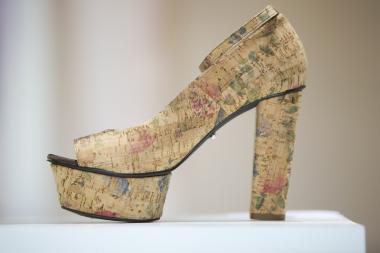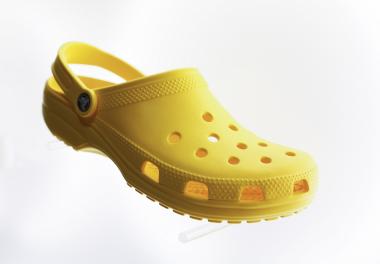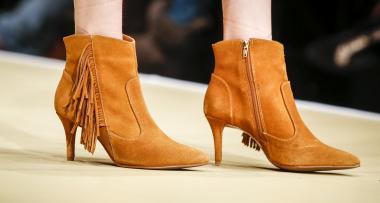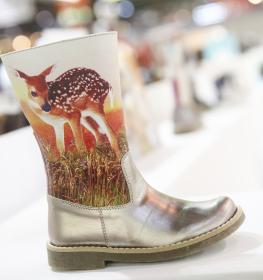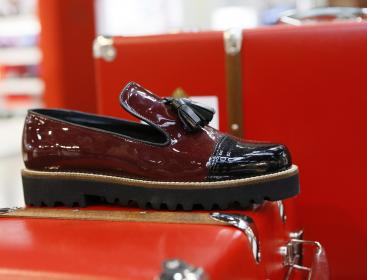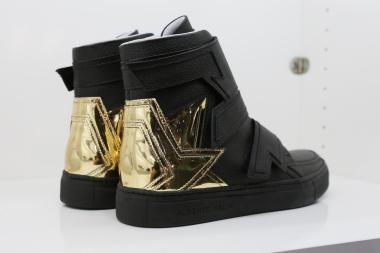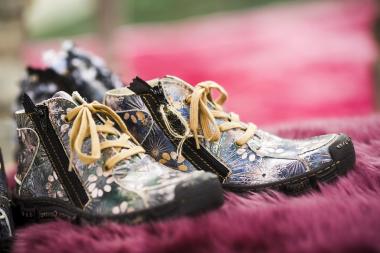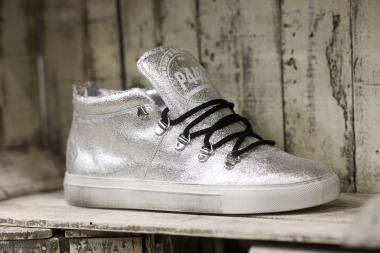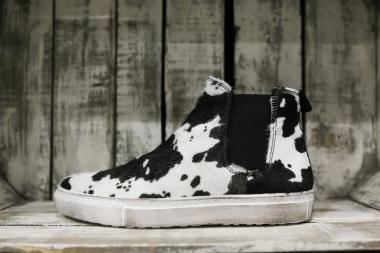SHOE SECTOR BIDS FAREWELL TO GDS
7 to 9 February 2017 saw the last GDS being held on the premises of Messe Düsseldorf. This was the 123rd edition of the tradition-rich event. Since Tuesday afternoon we have also known something else for sure, too: not only the organiser and venue will change but also the name. The Igedo Company will present its shoe trade show at Areal Böhler as Gallery SHOES.
In keeping with this “passing of the baton” the evening event of GDS was also held at Areal Böhler on the first day of the trade show. Speaking before many representatives of the shoe sector, Werner Matthias Dornscheidt, President & CEO of Messe Düsseldorf, used the opportunity to acknowledge the efforts by the GDS team: “Kirstin Deutelmoser and her team have undertaken extraordinary efforts over the years and introduced innovations into the shoe shows time and again. And even the last event was designed with full professionalism and provided visitors with a comprehensive overview of the market. My thanks also go to the sector: GDS only managed to remain such an outstanding meeting point for decades on end thanks to the support from trade and industry. I wish the Igedo Company the best of success for its new concept.”
During the press conference on the first day of the trade show Kirstin Deutelmoser, Director of GDS and tag it!, referred to GDS’ longstanding tradition on the one hand, and the fundamental changes occurring in the footwear sector, on the other: “Around the turn of the millennium GDS registered most visitors. People came to Düsseldorf to discover the new collections and – just as importantly – to network.
But over the past few years the world started turning faster. New players entered the market. The retailscape experienced constant change. And since trade shows are also always mirror images of the market this extreme dynamism within the footwear sector also impacted GDS.
Its own history proved a burden rather than a benefit: regardless of how much you alter a GDS – it will always be measured by its own most successful edition.
We therefore decided it was time for a complete “re-boot”; and to create something new you have to be free of existing structures and traditions. This is why we will hand over the shoe trade show after this GDS to the Igedo Company thereby enabling a complete re-start with completely new structures and signals.
I thank all of those who have accompanied and supported us over so many decades – especially our customers, exhibitors and visitors alike, the many partners of GDS and my great team.
I wish the Igedo Company and Ulrike Kähler, in particular, great success with the new format. And my particular hope is that the sector will make use of the opportunities that come with the re-launch of a footwear trade show.”
GDS with Powerful Farewell Programme
The last GDS offered visitors a comprehensive range of information. 600 brands presented their new collections and the trade show had prepared all the trends of relevance to the 2017/18 Autumn/Winter season for retailers offering concrete services for purchasing and merchandising with the GDS Trend Talks, Trend Codes and Trend Spots.
A special focus for coming Autumn/Winter are sturdy laced and biker boots. Weather permitting, futurist sneakers will also be determining the look on our streets – either in clean white or with prints, another trend theme displayed by many exhibitors.
The talks delivered by the Innovation and Education Institute SLEM headquartered in the Netherlands revolved around manufacturing rather than design. Visitors learnt which technologies will change the future of footwear production.
Alain-Fabien Delon (22), son of legendary actor Alain Delon, caused one last flurry of camera flashes at GDS, when he strolled through the STUDIO Halls during the Press Walk and browsed the latest men’s styles. The exhibitors befittingly used GDS as a stage to present their brands with catwalk shows or dance performances.
Fashion bloggers and influencers made sure the new footwear trends were also shared on social media. How this actually works was illustrated in detail to interested retailers and manufacturers at the Social Media Consulting sessions.
The first Gallery SHOES will be held from 27 to 29 August 2017. Relevant details will be published at www.igedo.com.


